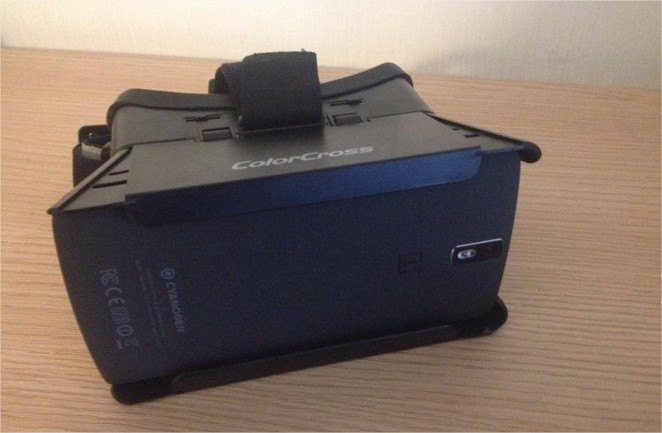
Some unofficial phone apps appear to be using GameFAQs as a back-end, but they do not behave like a real web browser does.Using GameFAQs regularly with these browsers can cause temporary and even permanent IP blocks due to these additional requests. If you are using the Brave browser, or have installed the Ghostery add-on, these programs send extra traffic to our servers for every page on the site that you browse, then send that data back to a third party, essentially spying on your browsing habits.We strongly recommend you stop using this browser until this problem is corrected. The latest version of the Opera browser sends multiple invalid requests to our servers for every page you visit.The most common causes of this issue are: The presence of nonspecific amplification products, which interfere with subsequent DNA analysis, could therefore highlight the need for two-color cross-correlation FCS as a means of discriminating between specific association of the fluorescence signals with the target DNA and DNA not related to the target.Your IP address has been temporarily blocked due to a large number of HTTP requests. Two-color cross-correlation FCS allows the detection of the fluorescence signals specifically associated with the heterozygous mutated, the homozygous mutated, and normal individuals, as exemplified in this study. We present an alternative method to those commonly used in genotyping. We demonstrated how the novel, ultrasensitive typing system could be applied to studies where researchers are trying to perfect their assays and are often working with the unknown, or application to problematic assays in a clinical environment for those involved in molecular diagnosis.


There was no evidence of a central trend of false-positive or false-negative results. Using this novel two-color cross-correlation approach, the MTHFR genotypes, which were determined in 21 clinical samples, showed concordance with methods involving a PCR-based assay with hexachloro-6-carboxy-fluorescein (HEX)- and 6-carboxy-fluorescein (FAM)-tagged allele-specific primers and a subsequent separation step with capillary electrophoresis, yet are simpler to perform. Furthermore, the specific association of the two-color fluorescence correlated signals with the target DNA was experimentally proven. The correlated data were generated in the presence of the proper mutated genotype template, whereas uncorrelated data were due to the absence of the proper genotype template. Correlated and uncorrelated data were optically separated in the amplification mixes by their characteristic correlation times, which significantly differed from each other. The measured data of the amplification mixes (tubes) were normalized as the maximum correlation amplitude of each tube.

Experiments were carried out with green- and red-tagged allele-specific primers, which were fully compatible with the two-color fluorescence cross-correlation setup at 488 nm and 633 nm excitation wavelengths. It is based on PCR followed by two-color cross-correlation fluorescence spectroscopy (FCS). Highly specific identification techniques for genotyping are mandatory to give guidance for the diagnosis and monitoring of this deficiency.Ī new approach for performing genotyping has been introduced with the identification of single nucleotide polymorphisms of the human MTHFR. A methylene tetrahydrofolate reductase (MTHFR) deficiency at site C677T renders the enzyme thermolabile and consequently represents a risk factor for vascular disease, neural tube defects, preeclampsia, and thrombosis.


 0 kommentar(er)
0 kommentar(er)
